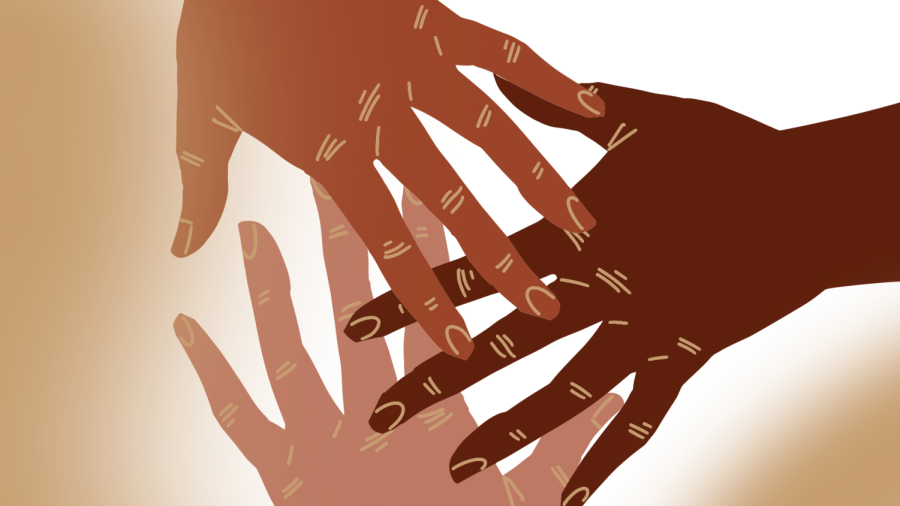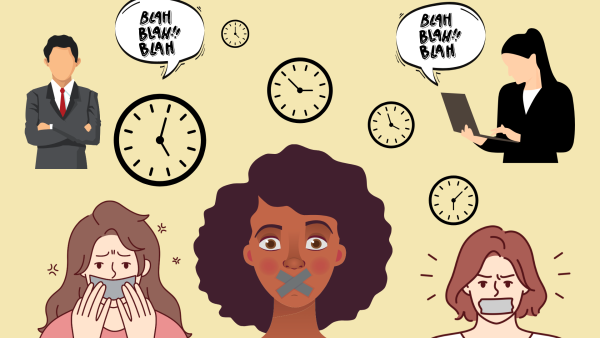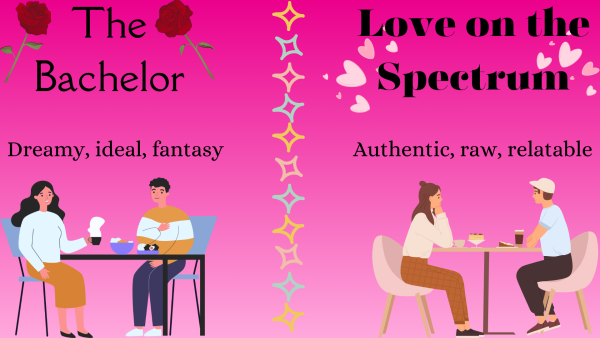There is a dark side to skin whitening
Graphic by Jana Guerra via Canva
Even though colorism is prevalent, we should make better strives to embrace each other’s differences.
“Stay outside of the sun!” my grandmother told me. I watched in jealousy as other kids let the sun kiss their skin as they frolicked along the beach. On the way home, we passed by a multitude of billboards, mostly trying to target women to buy their whitening products. The ads would show a girl with darker skin looking all solemn in stark contrast to the girls with whiter skin who looked happy and content. I saw the girls on the billboards with their porcelain pale skin and looked at my tan skin with resentment.
Unfortunately, my experience with colorism is extremely common for Asian women. In Asia, the beauty standard is to be pale and white; this is mostly due to the fact that having dark skin insinuates that one is constantly exposed to the sun due to working in the fields, whereas white skin implies that one has the luxury to stay inside due to their wealth. After colonialism, this mindset was only further pushed by the Europeans.
Although the beauty standard is the complete opposite in the United States where tan skin is praised, the rhetoric that “white is better” is still ingrained in many immigrant families that make up a large part of our local community. Many whitening products are still pretty popular amongst many Asian families, and the issue is much larger than many of us would assume.
“… the global market for Skin Lighteners estimated at US $8.8 billion in the year 2022, is projected to reach a revised size of $15.7 billion by 2030…” according to StrategyR.
As a matter of fact, in almost every local Asian supermarket, you can walk into the beauty aisle and find a plethora of glutathione soaps, placenta creams, and other products of the sort trying to harp on people’s insecurities and gain revenue. Not only are these products harmful to the perception of oneself, but they’re also harmful to your health. Many of these products contain an absurd amount of mercury which is toxic.
Mercury is often times used in many skin whitening products because it has properties that stop melanin production. It’s effective, but at what cost?
According to the World Health Organization (WHO), “Exposure to mercury – even small amounts – may cause serious health problems, and is a threat to the development of the child in utero and early in life.”
If users of skin whitening products don’t go to local supermarkets to buy their creams and soaps, family members from their countries will send them boxes of goodies from their motherland with these products included.
I’ve had personal experience with this. When I was a kid, I opened the infamous Balikbayan Box and was excited to see my favorite snacks: Mikmik, Kopiko, and Boy Bawang. I rummaged through and found Silka, a skin-whitening lotion. These products often use the words “glow” and “healthy” to appeal to their consumers.
Dark skin is healthy. Melanin is good; it protects us from the sun. It’s disheartening how these large companies continually choose profit over the health of people. If you come across any across-the-counter skin whitening products with mercury in them, report the products. Mercury won’t be listed as a product, and it could be listed under several aliases, such as: “calomel”, ‘mercuric”, “mercurous”, or “mercurio.”
So, as students, what can we do about this? Of course, we can’t erase a mindset that’s been pushed and ingrained for hundreds of years. However, what we can do is educate.
Colorism is certainly not exclusive to Asia. We must, for starters, educate ourselves on our own biases. Once we educate ourselves on colorism, we can also educate our peers.

Jana Guerra is a senior at Niles North. In her free time, she enjoys playing the piano and violin, driving in the city, and listening to horror podcasts.







